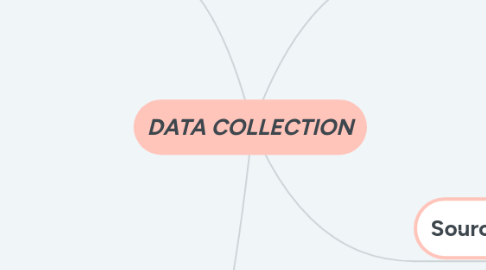
1. Types of statisticals studies
1.1. Descriptive
1.1.1. to describe about the population
1.1.2. example: collect guest satisfaction by using survey poll (satisfaction on services)
1.2. Comparative
1.2.1. to compare two or more population
1.2.2. example: make a comparison of economic growth between China and USA, income luar bandar dan bandar
1.3. Experimental
1.3.1. the researcher involve in the experiment to control conditions to look at the relationship between variables
1.3.2. example: the researcher join the experiment to produce vaccine for Covid-19 (conduct test), screen out less qualified candidates
1.4. Observation
1.4.1. researcher collects data without reaching to the objects
1.4.2. Example: observe on how people in the street use their mobile phones
2. Pros & Cons
2.1. Primary data
2.1.1. commonly match to your need
2.1.2. original
2.1.3. sometimes involve cost and time
2.1.4. not appropriate for longitudinal studies (repeated observation of the same variables)
2.1.5. validity of the process in collecting the data
2.2. Secondary data
2.2.1. may not match your need
2.2.2. access may be difficult or costly
2.2.3. save cost and time
2.2.4. suitable for longitudinal studies
2.2.5. validity of some secondary data (internet sources)
3. Definition
3.1. process to obtain an adequate data set for statistical analysis
4. Source of data
4.1. Primary Data
4.1.1. collected by researcher using systematic process
4.1.2. has not previously published (new data)
4.1.3. based on: observation / experiment / interview / survey
4.1.4. example: I make an observation on how often my family gathers in a day
4.2. Secondary Data
4.2.1. obtained from existng trusted resources
4.2.2. can be in raw form or compiled form
4.2.3. based on: hardcopies / electronics resources
4.2.4. example: data of unemployment rate from Department Of Statistics Malaysia official portal
